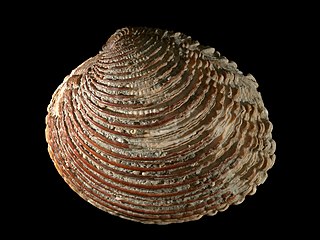
The Veneridae or venerids, common name: venus clams, are a very large family of minute to large, saltwater clams, marine bivalve molluscs. Over 500 living species of venerid bivalves are known, most of which are edible, and many of which are exploited as food sources.

The Tellinidae are a family of marine bivalve molluscs of the order Cardiida. Commonly known as tellins or tellens, they live fairly deep in soft sediments in shallow seas and respire using long siphons that reach up to the surface of the sediment.
Anomalodesmata is an order of saltwater clams, marine bivalve molluscs. This grouping was formerly recognised as a taxonomic subclass. It is called a superorder in the current World Register of Marine Species, despite having no orders, to parallel it with sister taxon Imparidentia, which does have orders.
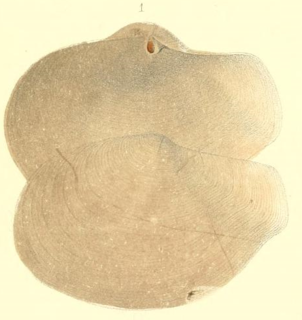
Periplomatidae is a family of large marine bivalves of the Anomalodesmata order.
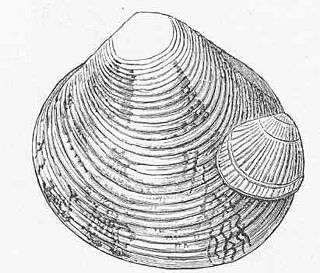
Myochamidae is a family of saltwater clams, marine bivalves in the order Anomalodesmata.
Limatula, the file shells or file clams, is a genus of marine bivalve molluscs in the family Limidae.

Cuspidariidae is a family of small marine bivalve molluscs in the superfamily Cuspidarioidea.
Philobryidae is a taxonomic family of very small equivalved triangular saltwater clams, marine bivalve molluscs, related to the ark clams and the bittersweets. Their shells have projecting umbones and are non-nacreous. The ligament of the hinge is either completely internal or only slightly external. They have only one adductor muscle scar on the inside of each of their shells as opposed to the more-common two. Species from this family are found in most seas, in shallow to moderately deep water. This family contains about sixty species in seven genera.
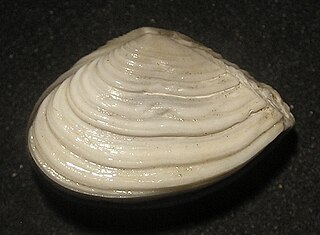
Corbulidae is a family of very small saltwater clams, marine bivalve molluscs in the order Myida.

Lasaeidae is a family of very small saltwater clams, marine bivalve molluscs in the order Galeommatida. These bivalves are sometimes called "kelly clams", because one of the genera in this family is Kellia.
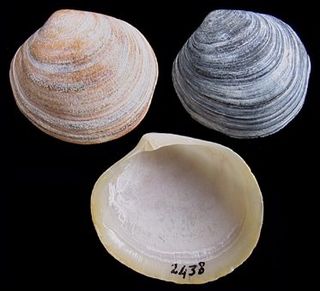
Ungulinidae is a family of marine bivalve molluscs in the order Venerida.
Crassatellidae is a family of small saltwater clams, marine bivalve molluscs of the order Carditida.

Pandoridae is a taxonomic family of small saltwater clams, marine bivalves in the order Anomalodesmata.
Poromyidae is a family of saltwater clams, marine bivalve molluscs in the order Anomalodesmata. The genus Dilemma, described in 2008, is remarkable for being a predator of copepods, which is very unusual for a sessile mollusc.
Verticordiidae is a taxonomic family of very small saltwater clams, marine bivalve molluscs in the order Anomalodesmata.

The Littorinidae are a taxonomic family of over 200 species of sea snails, marine gastropod molluscs in the clade Littorinimorpha, commonly known as periwinkles and found worldwide.
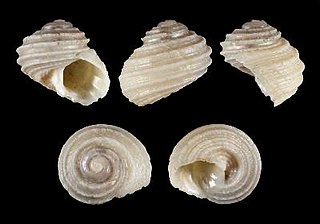
Homalopoma, common name the dwarf turbans, is a genus of mostly very small sea snails with a calcareous operculum, marine gastropoda molluscs in the family Colloniidae.

Thracia is a genus of bivalve mollusc in the family Thraciidae.
Cyathodonta is a genus of bivalve mollusc in the family Thraciidae.

Euheterodonta is an infraclass of Mollusca in the class Bivalvia.













